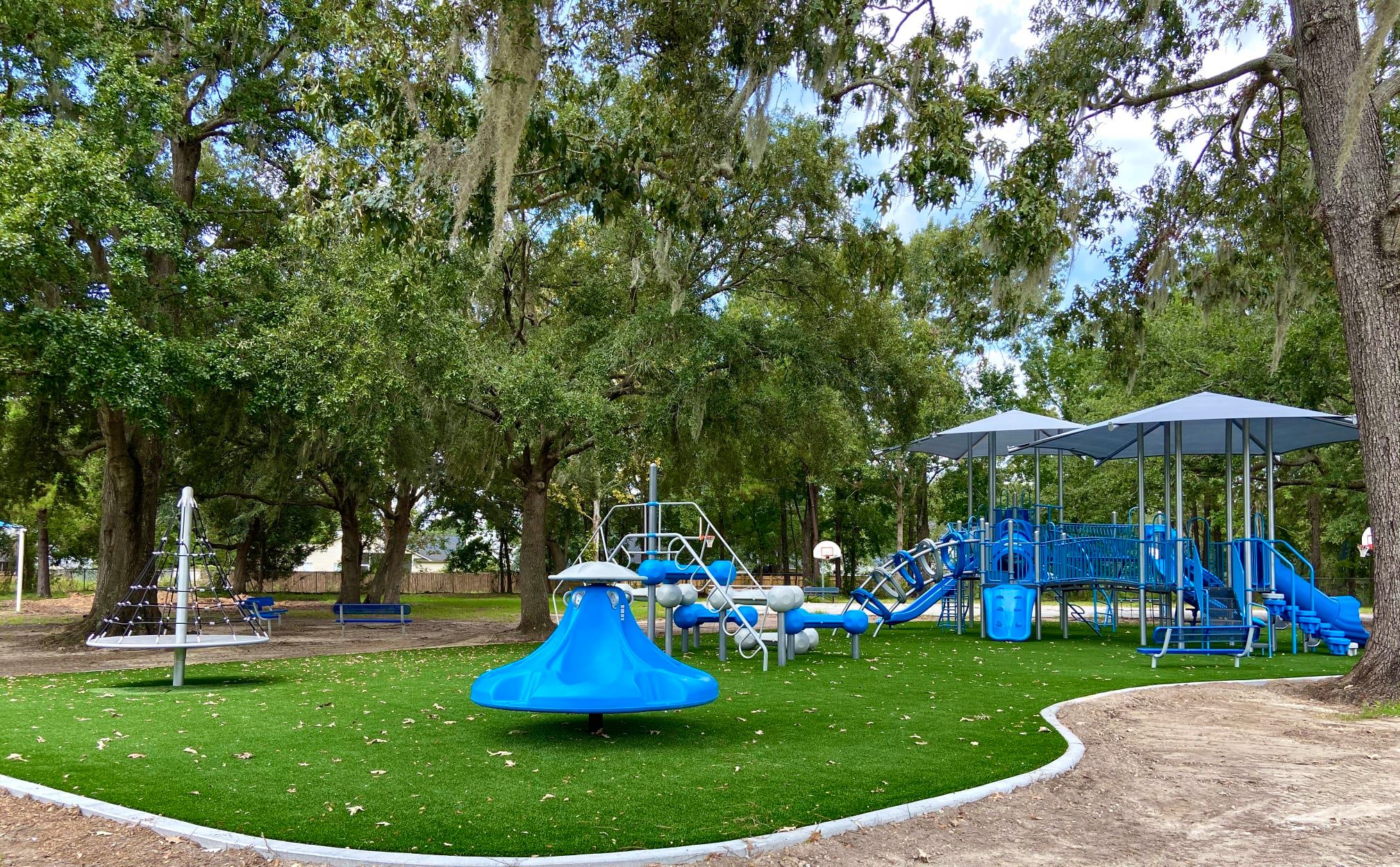Parks were not a natural occurrence when they first started to appear. They came about as intentional landscapes crafted by people to produce a place that allowed a moment of escape. At the same time, early parks provided a place for socialization away from the confines of family, work, church, and strict rules of behavior.
People could meet and talk freely, relax, even flirt without worrying about condemnation. Parks, fundamentally allowed people to be a bit more human.
Today, parks are often thought of as greenscapes. Areas that provide some kind of environmental buffer or separation from home tracts, buildings, and roads or highways. They exist with master plans for communities and are a requisite part of new area developments.
People expect them if, for nothing else, a place where their kids can go play or they can take a walk at the end of the day to just get a brain break from the grind. However, the design is the same – a vast spread of green surrounded by a line of trees, with a small area for a playground. Simple, pragmatic and basic, and it’s also low-cost to develop from a municipal perspective.
That said, why can’t parks be more than they are? What if parks had designs that allowed people to experiment with music, durable equipment that functioned like an easily playable xylophone?
What if gym equipment that works just like the best fitness centers was available outside, and anyone could use it freely for their own physical benefit? What if park kids areas and sitting areas didn’t need to be in the blazing sun, getting so hot they can’t be touched without burning a person in the summer? All of that’s possible when parks are designed for purpose versus just placement.
The technology of park equipment and tools has leaped huge bounds in the last few decades. There’s no reason that a park just needs to be manicured grass or paved land alone. There are plenty of ways to make parks far more useful and inclusive for people of all ages. Further, park technology can be incredibly useful for exercise, social interaction, education, the arts and a lot more.
Of course, the extent and limits of a great park depend on either the community’s private support or the extent of municipal budgets involved. In some cases, resources are dedicated, and in others they have to compete with other demands pressuring the city or district.
However, the construct of a good park is really a capital investment that will last for decades forward. Most parks are easily 20 to 30 years in their immediate lifespan before new changes are made.
Design a park better than standard, and it can become the gem of the regional area, and the changes don't have to be dramatic. They simply need to be practical and functional. Solid, dependable equipment with purpose can change the nature of a park fundamentally, making it a genuine attraction versus just another greenspace.
,Contact Churchich Recreation and Design for all your park needs!
